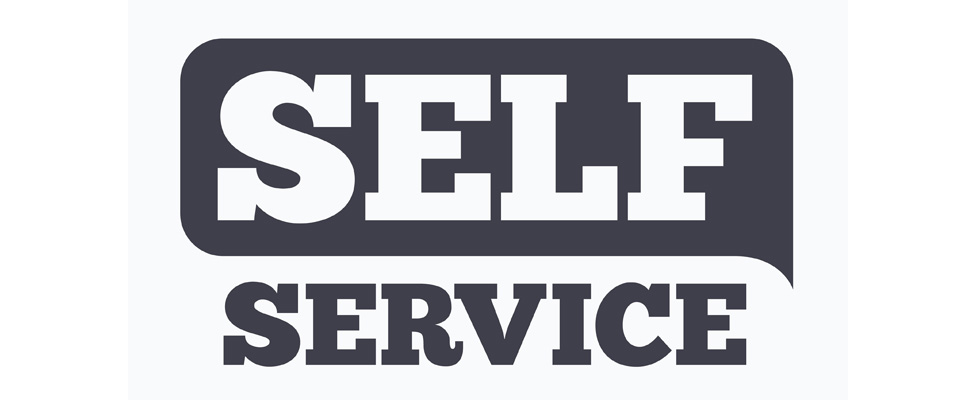
Self-Service Ingestion: The Key to Creating a Unified, Scalable, Cloud Data Lake
Self-service ingestion helps enterprises capture, enrich, and process data smoothly and free up data and IT pros to focus on higher-value tasks.
- By P. C. Kiran
- July 6, 2020
Enterprises are increasingly leveraging cloud-based data lakes to run large-scale analytics workloads and tap data-driven insights for better decision making. Cloud-based data lakes offer unmatched elasticity and scalability, enabling businesses to save costs and improve time-to-market.
The first step in creating a data lake on a cloud platform is ingestion, yet this is often given low priority when an enterprise enhances its technology. It's only when the number of data feeds from multiple sources starts increasing exponentially that IT teams hit the panic button as they realize they are unable to maintain and manage the input.
Self-service ingestion can help enterprises overcome these challenges and unlock the full potential of their data lakes on the cloud. Here are a few of the benefits.
Seamless Integration of New Feeds
In today's hyper-digital world, enterprises capture and store data from hundreds of sources, which means thousands of real-time and batch feeds need to be ingested into the data lake on a daily, weekly, and monthly basis. From a decision-making perspective, it is vital to land these feeds into the lake at the earliest possible moment and then correlate and prepare them for analytics. However, as the number of source systems proliferates, IT teams find it challenging to ingest the feeds fast enough.
This is where self-service data ingestion can add value. It enables nontechnical employees to add data sources and select a destination into which the data can be replicated, resulting in faster time to actionable insights. Moreover, because each new feed typically takes four to six weeks to introduce and test, self-service ingestion platforms can help save millions of IT budget dollars by reducing the cost and effort involved in this process.
Powering Data Transformation
Traditionally, storing data in a data lake involves ingesting data as-is. However, modern self-service solutions have opened a whole new world of possibilities at this stage. Gone is the need for batch processing; ingestion can now take place in real time. In addition, data transformation processes such as enrichment and normalization can take place as and when the data arrives. This helps keep data clean, accurate, and actionable, which in turn enables users to improve business outcomes in processes such as lead generation.
Easier Pipeline Maintenance
Many data ingestion applications are built on Spark, Hive, MapReduce, or Python ingestion routines. In most cases, only the person or team that wrote these ingestion routines can easily maintain and manage them. For others, debugging or modifying such applications is a long and cumbersome process.
The emergence of modern, self-service enterprise-grade ingestion tools has changed this. Such tools offer an easy-to-use, visual interface enabling data analysts and their IT counterparts to connect to data sources securely, analyze feeds, and provide cleansing rules using a low-code/no-code approach. The visual interface simplifies the management of pipelines on the data lake, making it easy for anyone to maintain them.
Enabling Multicloud Support
Most enterprises are keen to avoid lock-ins with cloud vendors for processes such as ingestion and ETL. They don't want to invest money in creating an ingestion process for one cloud platform and then spend more to create a similar process for another platform using a different toolset. Advanced self-service ingestion solutions enable users to leverage the same pipelines for ingesting data seamlessly in multiple cloud environments. This means users can swiftly move their data ingestion pipelines to a different cloud platform without worrying about additional investment.
Improved Analytics
By making a wider range of data sources available to more people across the organization faster, self-service data ingestion helps enhance analytics. A self-service solution that provides pluggable support for machine learning during ingestion can help make the analytics process even more intelligent by empowering users with visual capabilities to train and create data models. In addition, it can act as a centralized repository of machine learning and analytics models for data cleansing, validation, and matching in the ingestion pipeline, enabling easy reuse of existing models across the enterprise and simplifying the model versioning.
A Final Word
Self-service ingestion allows enterprises to move away from a fragmented approach to data capturing, enrichment, and processing. It enables enterprises to ingest, blend, and process high-velocity data streams as they arrive, run machine learning models, visualize results, and gather actionable insights from their data. Advanced self-service ingestion tools can thus free up data and IT professionals to focus on higher-value pursuits that help drive growth and profitability.
About the Author
P. C. Kiran is the vice president of engineering for Gathr, an all-in-one data pipeline platform. He has over two decades of experience developing complex, enterprise-scale analytics solutions involving large data volumes and concurrency. You can reach him via email.